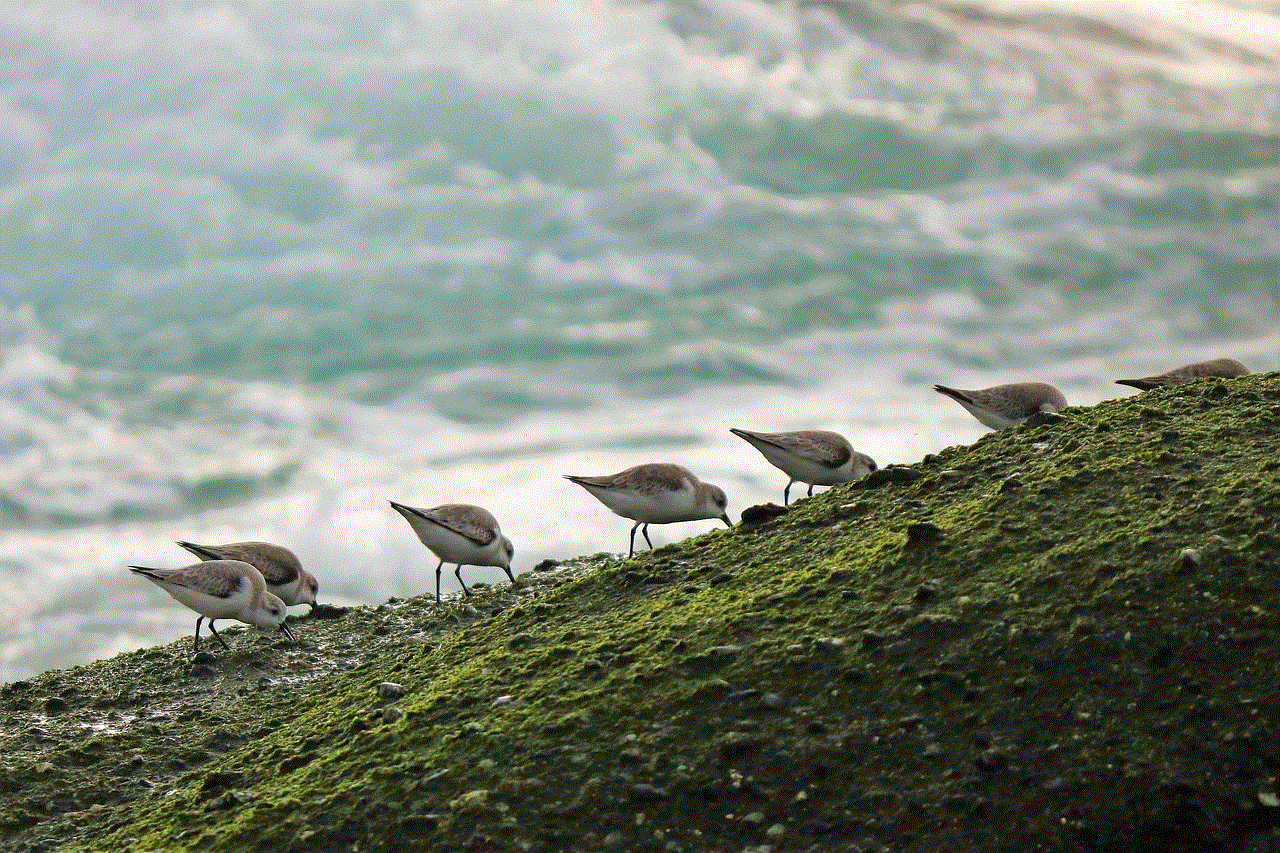memorial day children’s activities
Memorial Day is a special holiday in the United States that honors and remembers the men and women who have died while serving in the armed forces. It is a time for reflection, gratitude, and remembrance. While it may be a solemn occasion, it is also an opportunity for families to come together and teach children about the importance of Memorial Day. In this article, we will explore various children’s activities that can help educate and engage young ones in this meaningful holiday.
1. Memorial Day History Lesson:
Begin by providing children with a brief history lesson on Memorial Day. Explain that it originated after the Civil War as Decoration Day and was meant to honor the fallen soldiers. Discuss how it evolved into Memorial Day and the significance it holds today.
2. Storytelling:
Share stories of real-life heroes who sacrificed their lives for their country. Choose age-appropriate stories that highlight the bravery and selflessness of these individuals. Encourage children to ask questions and express their thoughts and feelings about the stories.
3. Craft Activities:
Engage children in craft activities that allow them to express their creativity while also learning about Memorial Day. Some ideas include making patriotic wreaths using red, white, and blue ribbons, creating handprint flags, or making poppy flowers out of tissue paper.
4. Flag Etiquette:
Teach children about proper flag etiquette. Explain the meaning of the flag’s colors and symbols and how to display and handle the flag respectfully. Consider organizing a small flag-raising ceremony with children, where they can learn how to fold and unfold the flag correctly.
5. Memorial Day Parade:
Participate in or attend a Memorial Day parade in your local community. Explain to children that parades are an important tradition on this holiday, as they honor and remember the sacrifices made by servicemen and women. Encourage children to wave flags and show their support for veterans and active-duty military personnel.
6. Visit a Memorial Site:
Take children to visit a local memorial or cemetery where fallen soldiers are laid to rest. Explain the significance of these sites and the importance of paying respects to those who have made the ultimate sacrifice. Encourage children to leave flowers or small flags at the gravesites.
7. Create Care Packages:
Organize a care package drive for active-duty military personnel. Involve children in collecting and packing essential items, such as toiletries, snacks, and handwritten notes of appreciation. Explain that these packages will bring comfort and support to those serving far away from their families.
8. Memorial Day Cookout:
Memorial Day weekend often marks the unofficial start of summer, making it an ideal time for a family cookout. Involve children in the preparation of traditional Memorial Day foods, such as hamburgers, hot dogs, and apple pie. Take a moment during the meal to discuss the significance of the holiday.
9. Virtual Field Trip:
If visiting a memorial site is not possible, consider taking a virtual field trip instead. Many museums and historical sites offer virtual tours and exhibits that can provide children with a valuable learning experience. Choose sites that focus on military history and the sacrifices made by soldiers.
10. Plant a Memorial Garden:
Create a small memorial garden in your backyard or a community space. Let children choose and plant flowers or plants that represent remembrance and gratitude. Encourage them to care for the garden throughout the year, reminding them that it serves as a living tribute to fallen soldiers.
11. Write Thank You Cards:
Provide children with materials to create personalized thank you cards for veterans and current military personnel. Encourage them to express their appreciation and gratitude for their service. Consider partnering with local veterans’ organizations or hospitals to distribute the cards.
12. Read Books about Memorial Day:
Introduce children to age-appropriate books that discuss the importance of Memorial Day. Some recommendations include “The Wall” by Eve Bunting, “America’s White Table” by Margot Theis Raven, and “The Poppy Lady: Moina Belle Michael and Her Tribute to Veterans” by Barbara Walsh. After reading, engage in a discussion about the themes and messages conveyed in the books.
In conclusion, Memorial Day children’s activities provide an opportunity to teach young ones about the significance of this solemn holiday. By engaging in activities such as storytelling, craft projects, participating in parades, and visiting memorial sites, children can develop a deeper understanding and appreciation for the sacrifices made by servicemen and women. These activities also foster a sense of gratitude and encourage children to carry the spirit of Memorial Day throughout the year.
what is phasmophobia fear
Phasmophobia, also known as the fear of ghosts or supernatural entities, is a relatively common phobia that affects millions of people around the world. It is characterized by an intense and irrational fear of encountering or being in the presence of spirits, ghosts, or other paranormal beings. The term “phasmophobia” is derived from the Greek words “phasma” meaning ghost and “phobos” meaning fear. While it may seem like a harmless fear to some, those who suffer from phasmophobia experience extreme anxiety and distress when faced with anything related to the supernatural. In this article, we will explore the causes, symptoms, and treatments of phasmophobia.
Causes of Phasmophobia
Phasmophobia, like most phobias, is believed to be caused by a combination of genetic, environmental, and psychological factors. Some people may have a genetic predisposition to developing phobias, as it has been observed to run in families. Environmental factors, such as traumatic experiences or exposure to horror movies or stories, can also contribute to the development of phasmophobia. For example, a person who has had a traumatic encounter with a ghost or has grown up in a household where supernatural beliefs were prevalent may be more likely to develop a fear of ghosts.
Psychological factors, such as anxiety and stress, can also play a significant role in the development of phasmophobia. Individuals who are already prone to anxiety and have a heightened fear response may be more susceptible to developing phasmophobia. Additionally, people who have a general fear of the unknown or fear of death may also be more likely to develop a fear of ghosts.
Symptoms of Phasmophobia
The symptoms of phasmophobia can range from mild to severe and can manifest both physically and psychologically. Some common physical symptoms include rapid heart rate, sweating, trembling, shortness of breath, and nausea. These symptoms are a result of the body’s natural fight-or-flight response when faced with a perceived threat.
Psychological symptoms of phasmophobia may include intense fear, panic attacks, and a sense of impending doom. People with phasmophobia may also experience intrusive thoughts about ghosts or supernatural entities, leading to avoidance behaviors. They may go to great lengths to avoid anything related to the supernatural, such as avoiding certain places or refusing to watch movies or read books about ghosts.
Effects of Phasmophobia
Phasmophobia can have a significant impact on a person’s daily life, relationships, and mental well-being. For some, the fear of ghosts may only be a minor inconvenience, but for others, it can be debilitating. People with phasmophobia may go to great lengths to avoid anything that may trigger their fear, which can lead to social isolation and negatively affect their relationships.
The fear of ghosts can also have a severe impact on a person’s mental health. Constantly living in fear and anxiety can lead to feelings of helplessness, hopelessness, and depression. It can also interfere with a person’s ability to function in their daily life, such as going to work, school, or participating in social activities.
Treatment for Phasmophobia
Fortunately, phasmophobia can be treated, and people can overcome their fear of ghosts. One of the most effective treatments for phasmophobia is cognitive-behavioral therapy (CBT). CBT is a type of therapy that focuses on identifying and changing negative thought patterns and behaviors. Through CBT, individuals with phasmophobia can learn to challenge their irrational thoughts and develop coping mechanisms to deal with their fear.
Exposure therapy is another treatment option for phasmophobia. This therapy involves gradually exposing the person to their fear in a controlled environment, with the help of a therapist. The goal of exposure therapy is to help individuals confront their fear in a safe and supportive environment, ultimately reducing their anxiety. Over time, people can learn to tolerate their fear and no longer feel overwhelmed by it.
In severe cases, medication may also be prescribed to help manage the symptoms of phasmophobia. Anti-anxiety medications and beta-blockers can help reduce physical symptoms such as heart palpitations and trembling, while antidepressants can help manage the psychological symptoms of phasmophobia.
Tips for Managing Phasmophobia
In addition to seeking treatment, there are also some self-help strategies that individuals with phasmophobia can use to manage their fear. These include:
1. Educating oneself about ghosts and the supernatural: Often, fear of the unknown can exacerbate phobias. Learning more about ghosts and supernatural entities can help demystify them and reduce fear.



2. Practicing relaxation techniques: Deep breathing, meditation, and other relaxation techniques can help reduce anxiety and promote a sense of calmness.
3. Exercising regularly: Regular exercise can help reduce stress and anxiety levels, making it easier to manage phasmophobia.
4. Challenging irrational thoughts: When faced with intrusive thoughts about ghosts, consciously challenge them by asking for evidence to support them. This can help put things into perspective and reduce fear.
5. Seeking support: Talking to friends, family, or a therapist about one’s fear can help provide support and reassurance.
Conclusion
Phasmophobia, the fear of ghosts, can be a debilitating phobia that affects many individuals. It is caused by a combination of genetic, environmental, and psychological factors and can lead to physical and psychological symptoms. Fortunately, phasmophobia can be treated through therapy, medication, and self-help strategies. If left untreated, it can have a significant impact on a person’s daily life and mental well-being. Seeking help and support is crucial for overcoming this fear and living a fulfilling life free from the fear of ghosts.
disney plus add device code
With the launch of Disney Plus , the highly anticipated streaming service from the renowned entertainment company, millions of subscribers have been eagerly waiting to access the vast library of Disney, Pixar, Marvel, Star Wars, and National Geographic content. However, unlike other streaming platforms, Disney Plus has some unique features, one of them being the need for a device code to add new devices to an existing account. In this article, we will delve into the world of Disney Plus and explore everything you need to know about the device code and how to add new devices to your account.
What is Disney Plus?
Disney Plus, also known as Disney+, is an American subscription video-on-demand streaming service owned and operated by the Walt Disney Company. It was launched in November 2019 and has since gained a massive following due to its impressive collection of movies and TV shows from Disney, Pixar, Marvel, Star Wars, and National Geographic.
With Disney Plus, subscribers can access a vast library of content, including classic Disney movies, new releases, original shows and series, and documentaries. The service is available on various devices, including smartphones, tablets, computers, smart TVs, and gaming consoles, making it easily accessible to a wide range of audiences.
What is a Device Code?
A device code, also known as an activation code, is a unique code that is required to add new devices to your Disney Plus account. This code is generated by the streaming service and is specific to each account. It is a security measure implemented by Disney Plus to ensure that only authorized devices can access the account.
Why Do You Need a Device Code?
The primary reason for needing a device code is to protect your Disney Plus account from unauthorized access. By requiring a code to add new devices, Disney Plus ensures that only the account holder and authorized users can access the account.
Additionally, the device code also helps in managing the number of devices that can access the account. Disney Plus allows up to four devices to stream content simultaneously, and the device code helps in keeping track of the number of devices connected to the account.
How to Get a Device Code?
To get a device code, you need to have an existing Disney Plus account. If you don’t have one, you can easily sign up for the service on the official Disney Plus website or through the mobile app. Once you have an account, follow these steps to get a device code:
1. Launch Disney Plus on the device you want to add to your account.
2. Sign in to your account using your email and password.
3. Click on the profile icon on the top right corner of the screen.



4. Select “Account” from the drop-down menu.
5. On the account page, click on the “Device Management” option.
6. Here, you will see a list of devices that are currently connected to your account.
7. Click on the “Add Device” option, and a unique code will be generated.
8. This is your device code, which you will need to enter on the new device to add it to your account.
How to Add a New Device Using the Device Code?
Now that you have your device code, you can easily add a new device to your Disney Plus account by following these simple steps:
1. On the new device, launch Disney Plus and select the “Sign in” option.
2. Enter your email and password to sign in to your account.
3. You will be prompted to enter the device code.
4. Enter the code you received earlier and click on “Continue.”
5. Your new device will now be added to your Disney Plus account, and you can start streaming your favorite content.
How Many Devices Can Be Connected to a Disney Plus Account?
As mentioned earlier, Disney Plus allows up to four devices to stream content simultaneously. However, there is no limit to the number of devices that can be added to an account. This means that you can add as many devices as you want, but only four can stream at the same time.
Additionally, Disney Plus also allows you to create up to seven profiles on one account, which means each profile can have its own set of four devices. This feature is perfect for families or groups who want to have their own personalized viewing experience.
What Happens if You Get a New Device or Upgrade Your Device?
If you get a new device or upgrade your existing one, you will need to add it to your Disney Plus account using the device code. This is because the code is specific to each device and needs to be entered every time you want to access the account on a new or upgraded device.
It is also worth noting that if you have reached the maximum limit of four devices, you will need to remove one of the existing devices before adding a new one. To remove a device, go to the “Device Management” page on your account and click on the “Remove” option next to the device you want to remove.
What Happens if You Forget Your Device Code?
If you forget your device code, don’t worry; it happens to the best of us. In such a case, follow these steps to retrieve the code:
1. On the device, go to the Disney Plus login page.
2. Click on the “Forgot Password” option.
3. Enter your email address and click on “Send.”
4. You will receive an email with a link to reset your password.
5. After resetting your password, go to the device code page on your account to generate a new code.
In Conclusion



Disney Plus has taken the streaming world by storm with its impressive collection of movies and TV shows. And with the need for a device code to add new devices to an account, the service has ensured the security and manageability of its users’ accounts. By following the steps mentioned in this article, you can easily add new devices to your Disney Plus account and enjoy unlimited streaming of your favorite content. So, what are you waiting for? Get your device code and start streaming now!
